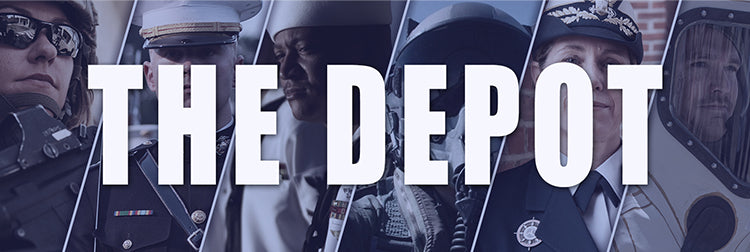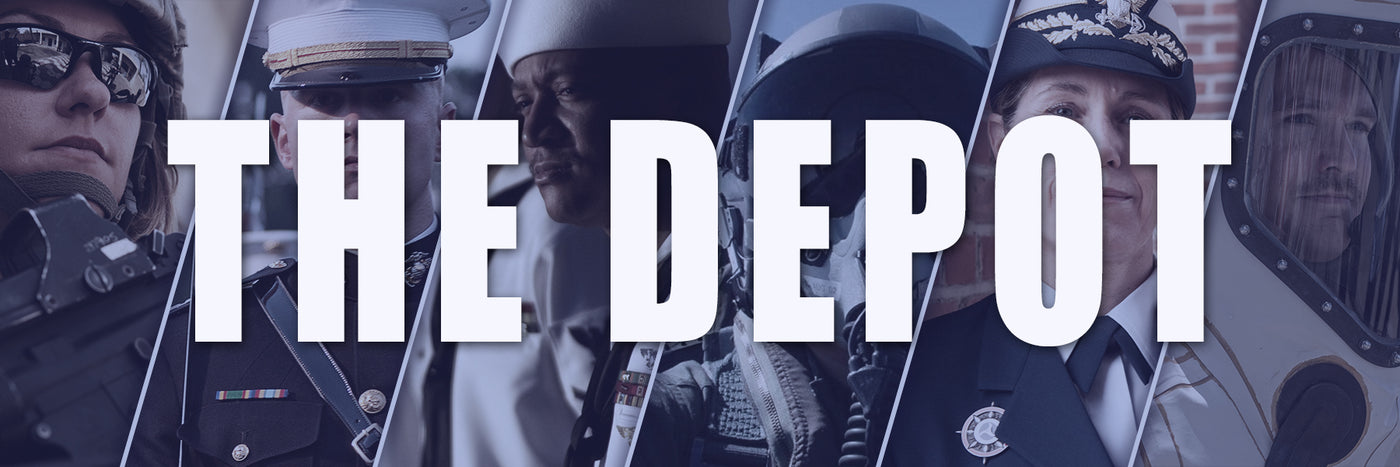
The Accidental Aviator
Aircraft contrails in the sky are usually indicators of where an aircraft has come from and where it is heading. If the life of retired U.S. Army Maj. Robert F....
Steven Alvarez |
ARMED FORCES SUPER STORE 1-877-653-9577 | 8 - 7 CST MON-FRI



Aircraft contrails in the sky are usually indicators of where an aircraft has come from and where it is heading. If the life of retired U.S. Army Maj. Robert F....
Steven Alvarez |